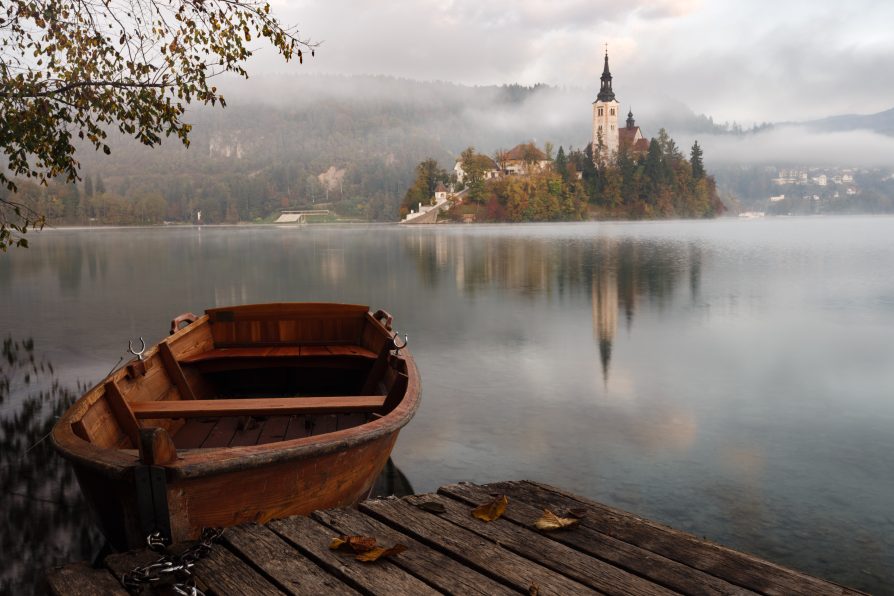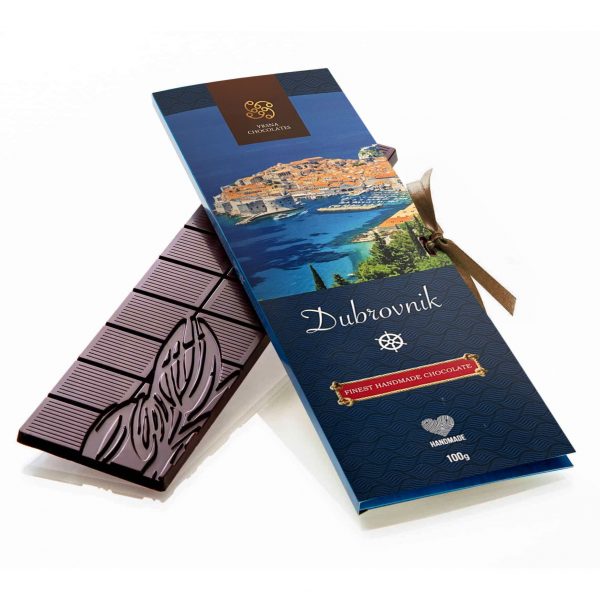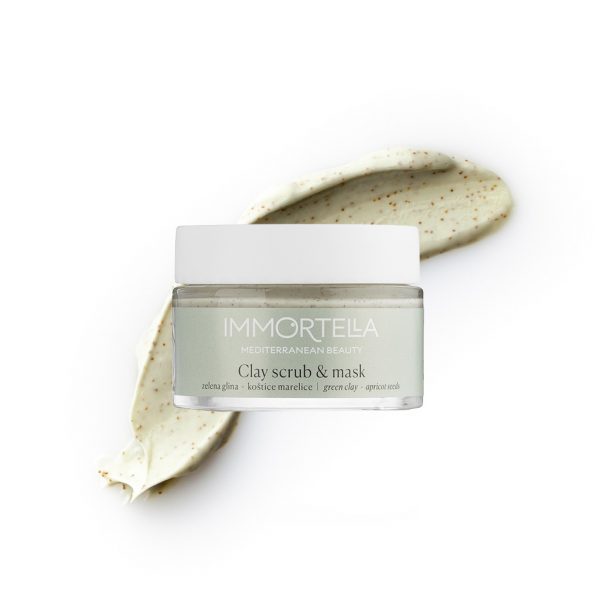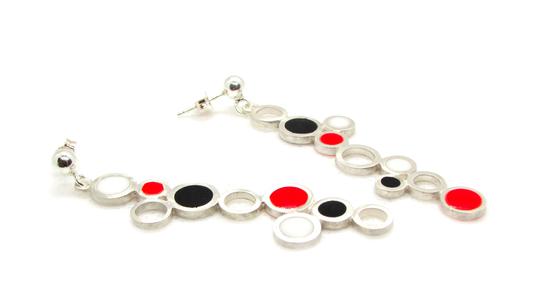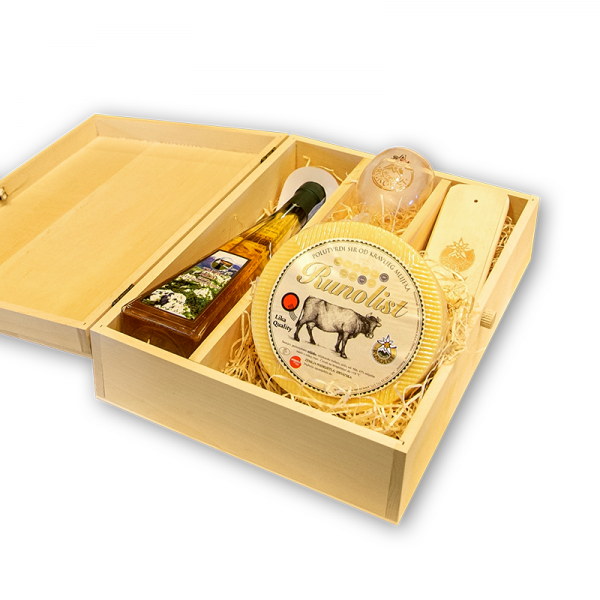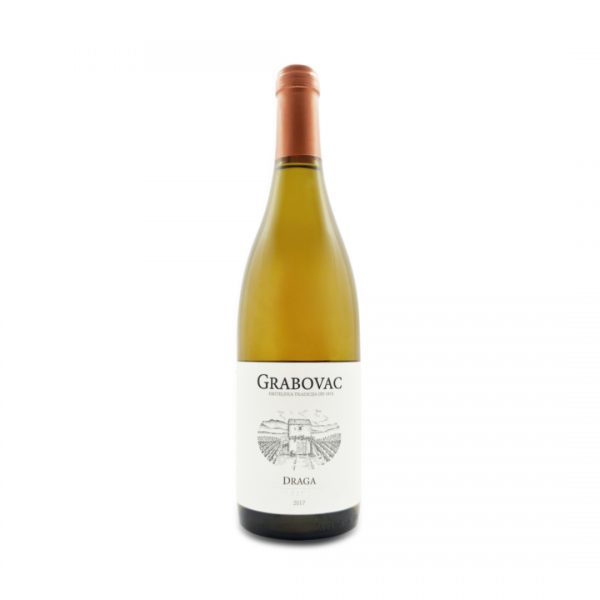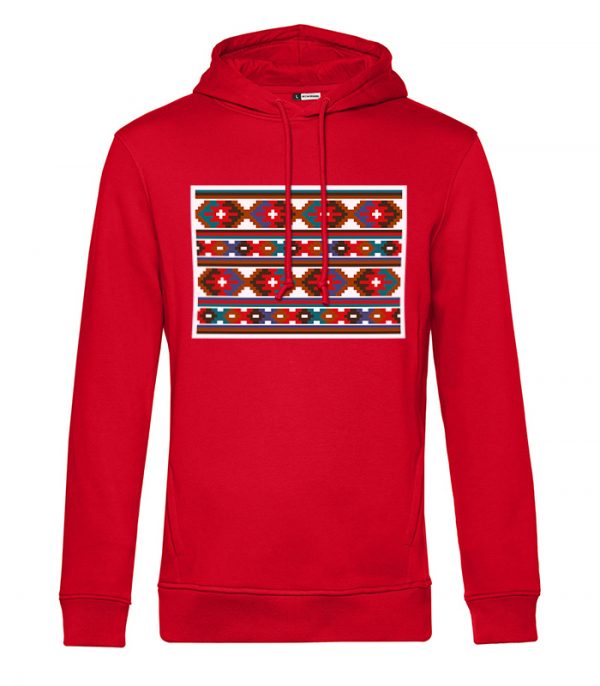Croatia has amazing coast with its 1244 islands. It is worldwide popular and attracts tourists from every single country. However, less popular inland part of the country has even more to offer. With less crowds, for less money and more diversity, you can have an amazing vacation exploring off-coast gems.
Vučedol Culture Museum
Located 5km downriver from Vukovar, this museum sits on one of Europe’s most significant archaeological sites and provides an introduction to the most important ancient culture you’re likely to have never heard of.
Church of Virgin Mary of Jerusalem
This baroque church, built in 1761, is one of Zagorje’s most important pilgrimage sites and is well worth the uphill walk from the centre.
Castle Eltz
Closed for several years following the war, the 18th-century Eltz Palace reopened in 2014 as this brilliant museum.
Ðakovo Cathedral of St Peter
Ɖakovo’s pride and glory is this red-brick cathedral, with its twin 84m-high belfries looming over town.
Trakošćan Castle
Not many of the castle’s original Romanesque features were retained when it was restored in neo-Gothic style in the mid-19th century; the 215-acre castle grounds were landscaped into a romantic English-style park with exotic trees and an artificial lake.
Žumberak Samoborsko Gorje Nature Park
Carpeted with meadows and forests, it’s the region’s most popular hiking destination, and has been the cradle of organised mountaineering activity in Croatia since 1875.
Medvedgrad
Zagreb’s most important medieval monument. Built from 1249 to 1254, it was erected to protect the city from Tartar invasions.
Veliki Tabor Castle
Strategically perched on top of a hill, the golden-yellow castle-fortress has everything a medieval master could want: towers, turrets and holes in the walls for pouring tar and hot oil on the enemy.
Kumrovec Staro Selo Museum
A re-creation of a 19th-century village, the Staro Selo Museum features 40 restored houses and barns made of pressed earth and wood.
Museum of the Krapina Neanderthal
Everything from the big bang to Neanderthal daily life, their demise and the rise of Homo sapiens is covered, with interesting displays on how the excavation site was found, too.
Museum of Slavonia Archaeology Department
The oldest museum in Croatia, the Museum of Slavonia is housed in the renovated city-guard building with a glass dome over an arcaded patio. It showcases Slavonian history through the ages.
Ergela in Đakovo
Ðakovo is famous for its Lipizzaner horses, a noble pure-bred with a lineage that can be traced back to the 16th century.
Kopački Rit Nature Park
Kopački Rit Nature Park is one of the largest wetlands in Europe: 293 bird species have been recorded here.
Veternica Cave
You can explore the first 380m of the cave on an hour-long guided tour that takes in some weirdly shaped stalagmite formations and fossils.
Tvrđa
Built under Habsburg rule as a defence against Turkish attacks, Osijek’s compact 18th-century citadel was relatively undamaged during the war in the 1990s.
Batina Monument
In Batina, right on the tripartite border where Croatia touches Serbia and Hungary, is this striking communist-era memorial by well-known Croatian sculptor Antun Augustinčić.
Varaždin Cemetery
A 10-minute stroll west of Stari Grad takes you to this serene horticultural masterpiece, designed in 1905 by Viennese architect Hermann Helmer.
Museum of Fine Arts
Housed in an elegant neoclassical mansion, the Museum of Fine Arts contains a collection of paintings and sculptures by Slavonian artists from the 18th century onwards.
St Barbara Mine
Just uphill from the village of Rude, 5km southwest of Samobor, is this former copper and iron-ore mine. Mining activity started here in 1210 and was closed in 1959, reopening as a tourist attraction in 2012.
Ovčara Memorial
This is the hangar where 194 victims from Vukovar’s hospital were beaten and tortured after the town’s surrender in November 1991.
Zoo Osijek
Croatia’s largest zoo spreads over 11 verdant riverside hectares, with 80 animal species and a reptile-filled aquarium.
Gallery of Old & Modern Masters
The rococo-style Sermage Palace, which houses the gallery, was built in 1759.
Marija Bistrica Church
Marija Bistrica Church contains a wooden Gothic statue of the Black Madonna created in the 15th century. The statue’s alleged miraculous power.
Aqua Iasae
History buffs can stroll around the remains of this Roman baths complex, built between the 1st and 4th centuries AD.
Statue of Bishop Grgur Ninski
The sculpture of medieval Croatian bishop Grgur Ninski was made by renowned Croatian sculptor Ivan Meštrović; it’s a copy of the artist’s original bronze statue in Split.
Ada
Head out to this sandy island in the Danube, where on a summer weekend you’ll find lots of locals swimming, lounging on the beaches and hanging out at the cafe.
Way of the Cross
The Way of the Cross is a path leading up Calvary Hill, with 14 stations marked with works by Croatian sculptors and paired with excellent vistas.
Franciscan Monastery
Peek into this baroque monastery just west of the centre, which once housed a philosophy and theology school.
Franciscan Church & Monastery of St John the Baptist
Built in 1650 in baroque style on the site of an earlier structure, this church contains the town’s tallest tower (54.5m) and houses an ancient pharmacy ornamented with 18th-century ceiling frescos.
Holy Trinity Monument
This elaborate baroque pillar, erected in 1729, commemorates the victims of the 18th-century plague that swept the city.
Croatian National Theatre
This stunning theatre was built in 1873 in neo-Renaissance style, following the designs of Hermann Helmer.
Cinema Urania
This old cinema, built in 1912, is one of Osijek’s art nouveau gems.
Lonjsko Polje Nature Park
Nominated for World Heritage Site status, Lonjsko Polje is a 506-sq-km stretch of swampland in the Posavina region, between the Sava River and Mt Moslavačka Gora. Situated along Lonja River, a Sava tributary that gives the park its name, this huge retention basin is famed for the diversity of its flora and fauna.
Read the full article HERE.

